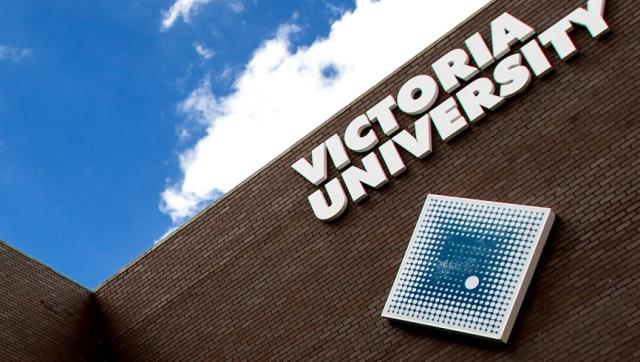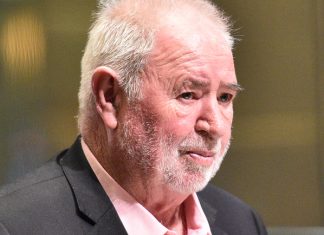Victoria University [VU] is putting forward plans to merge its six Melbourne-based higher education colleges into two new schools, with the executive reassuring students will not be affected by any changes.
With campuses in Sunshine, Werribee, St Albans, Footscray and Melbourne’s CBD, a VU spokesperson said the changes aim to create more effective, efficient and sustainable Higher Education and Research and Impact portfolios.
“We intend to reduce duplication, create consistency in the College leadership structure and enhance our professional services so they can confidently support our higher education and research activities,” the spokesperson said.
“The proposed changes will not impact students.
“We want to offer more greater opportunity to students by encouraging interdisciplinary, industry-engaged teaching and research collaboration – something that will make VU a stronger university and enhance the student experience.”
The proposed changes will create two new schools, being a College of Health, Sport and Built Environment, which would cover science, engineering, sport, exercise and outdoor recreation and a College of Arts, Business, Law and Education, which would cover law and justice, the VU Business School, information technology, physical education and sports management.
A Learning and Teaching Support Services unit will also aim to unite the functional areas of Connected Learning, the Polytechnic’s Course Development and Design unit and Employability and Student Success.
In Research Services and the Office of Research Training Quality and Integrity, the university is also aiming to streamline services and implement a new leadership structure.
The VU spokesperson said the goal of the changes will be to align VU’s organisational structure to match with its ‘Start Well, Finish Brilliantly’ strategic plan.
“This is a case of strategy first, structure second,” the spokesperson said.
The institution’s 2021 annual report highlighted a underlying operating result of a $16.3 million deficit, compared to a $3.5 million deficit in 2020 (excluding capital grants, capital donations, loss on asset sales and investment income).








